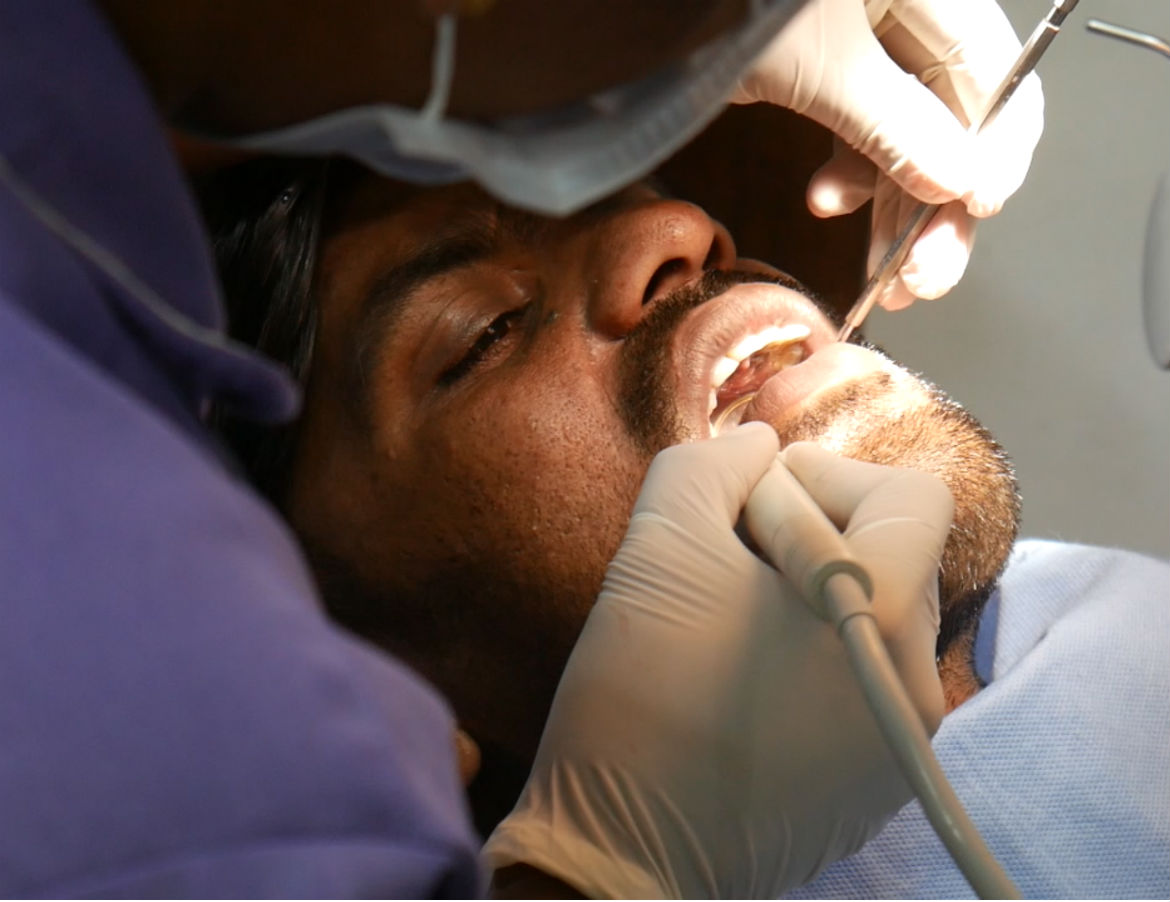Winter is approaching, and it’s time to gear up for the snow season. Big G Ace Hardware in Hastings, NE, has curated a selection of top-notch snow blowers to make your snow removal tasks a breeze. Whether you’re dealing with light flurries or heavy snowfalls, Big G Ace Hardware offers a range of powerful and efficient snow blowers to meet your needs. Explore their extensive collection and find the perfect snow blower for your home. Visit Big G Ace Hardware today and get ready to tackle winter head-on.
Bob Foote, owner of Big G Ace Hardware, has handpicked a selection of snow blowers that promise efficiency and reliability for every snow removal challenge. “Our snow blowers are designed to handle the toughest winter conditions, ensuring our customers have the best tools to keep their driveways and sidewalks clear,” says Melody Hill, Manager and Business Account Manager at Big G Ace Hardware.

The EGO POWER+ snow blower combines the power of gas models with the convenience of battery operation. Featuring Peak Power technology, this snow blower uses two EGO 56V ARC Lithium batteries to clear heavy, wet snow effortlessly. With a 21-inch clearing width and a 40-foot throwing distance, it is perfect for clearing large driveways efficiently. The steel auger and brushless motor enhance performance, while LED headlights ensure visibility during nighttime use. This snow blower is CARB compliant and includes a 5-year warranty, making it a reliable choice for your winter needs.
“This snow blower is perfect for those looking to combine power with eco-friendliness. The dual battery system ensures you can clear your driveway without the noise and hassle of a gas engine,” says Hill.

This powerful gas snow blower features a 212cc 4-cycle OHV engine capable of launching snow up to 35 feet. It comes with an electric start for convenience and a patented power curve system for efficient snow removal. The compact design makes storage easy, and it is self-propelled for effortless maneuvering. With a 21-inch clearing width and a 12.5-inch intake height, it is ideal for moderate snowfalls. Backed by a 2-year limited warranty, it combines power and reliability.
“For those who prefer gas-powered machines, this Toro model offers unmatched power and ease of use. The electric start feature is a game-changer on cold mornings,” Hill remarks.

The Ariens Deluxe is built to tackle severe winter conditions with its 28-inch clearing width and a powerful 254cc engine. It features auto-turn steering for easy maneuverability and a robust steel chute with 200-degree rotation. This snow blower can handle up to 65 tons of snow per hour, making it ideal for heavy snowfalls. With a 3-year warranty, it ensures durability and reliability for years to come.
“This snow blower is a powerhouse, perfect for those who face heavy snowfalls regularly. Its robust design and powerful engine make it a top choice for serious snow removal tasks,” Hill notes.

This self-propelled two-stage snow blower offers powerful performance without the noise and fumes of gas. It features heated handle grips, trigger-controlled steering, and a handle-mounted chute adjustment lever. With a clearing width of 24 inches, it can handle large areas with ease. The snow blower comes with a 5-year warranty and includes two 10.0Ah batteries and a dual-port charger, ensuring long-lasting power and efficiency.
“For those who need a powerful yet quiet snow blower, this model is a perfect fit. Its advanced features and battery power make it a favorite among eco-conscious users,” Hill states.

The EGO Power+ snow shovel is perfect for tight spaces and light snow removal tasks. With an ergonomic handle and a two-speed selector, it offers easy maneuverability and control. It includes a 2.5Ah ARC Lithium battery and a 210W charger, providing efficiency and convenience. The snow shovel is lightweight and compact, making it easy to store and use.
“This snow shovel is ideal for quick snow removal jobs in small areas. Its lightweight design and battery power make it a convenient tool for homeowners,” Hill adds.
For all things Ace Hardware, please visit acehardware.com.
Big G Ace Hardware’s Top Snow Blowers for Winter 2023
Winter is approaching, and it’s time to gear up for the snow season. Big G Ace Hardware in Hastings, NE, has curated a selection of top-notch snow blowers to make your snow removal tasks a breeze. Whether you’re dealing with light flurries or heavy snowfalls, Big G Ace Hardware offers a range of powerful and efficient snow blowers to meet your needs. Explore their extensive collection and find the perfect snow blower for your home. Visit Big G Ace Hardware today and get ready to tackle winter head-on.
Bob Foote, owner of Big G Ace Hardware, has handpicked a selection of snow blowers that promise efficiency and reliability for every snow removal challenge. “Our snow blowers are designed to handle the toughest winter conditions, ensuring our customers have the best tools to keep their driveways and sidewalks clear,” says Melody Hill, Manager and Business Account Manager at Big G Ace Hardware.

The EGO POWER+ snow blower combines the power of gas models with the convenience of battery operation. Featuring Peak Power technology, this snow blower uses two EGO 56V ARC Lithium batteries to clear heavy, wet snow effortlessly. With a 21-inch clearing width and a 40-foot throwing distance, it is perfect for clearing large driveways efficiently. The steel auger and brushless motor enhance performance, while LED headlights ensure visibility during nighttime use. This snow blower is CARB compliant and includes a 5-year warranty, making it a reliable choice for your winter needs.
“This snow blower is perfect for those looking to combine power with eco-friendliness. The dual battery system ensures you can clear your driveway without the noise and hassle of a gas engine,” says Hill.

This powerful gas snow blower features a 212cc 4-cycle OHV engine capable of launching snow up to 35 feet. It comes with an electric start for convenience and a patented power curve system for efficient snow removal. The compact design makes storage easy, and it is self-propelled for effortless maneuvering. With a 21-inch clearing width and a 12.5-inch intake height, it is ideal for moderate snowfalls. Backed by a 2-year limited warranty, it combines power and reliability.
“For those who prefer gas-powered machines, this Toro model offers unmatched power and ease of use. The electric start feature is a game-changer on cold mornings,” Hill remarks.

The Ariens Deluxe is built to tackle severe winter conditions with its 28-inch clearing width and a powerful 254cc engine. It features auto-turn steering for easy maneuverability and a robust steel chute with 200-degree rotation. This snow blower can handle up to 65 tons of snow per hour, making it ideal for heavy snowfalls. With a 3-year warranty, it ensures durability and reliability for years to come.
“This snow blower is a powerhouse, perfect for those who face heavy snowfalls regularly. Its robust design and powerful engine make it a top choice for serious snow removal tasks,” Hill notes.

This self-propelled two-stage snow blower offers powerful performance without the noise and fumes of gas. It features heated handle grips, trigger-controlled steering, and a handle-mounted chute adjustment lever. With a clearing width of 24 inches, it can handle large areas with ease. The snow blower comes with a 5-year warranty and includes two 10.0Ah batteries and a dual-port charger, ensuring long-lasting power and efficiency.
“For those who need a powerful yet quiet snow blower, this model is a perfect fit. Its advanced features and battery power make it a favorite among eco-conscious users,” Hill states.

The EGO Power+ snow shovel is perfect for tight spaces and light snow removal tasks. With an ergonomic handle and a two-speed selector, it offers easy maneuverability and control. It includes a 2.5Ah ARC Lithium battery and a 210W charger, providing efficiency and convenience. The snow shovel is lightweight and compact, making it easy to store and use.
“This snow shovel is ideal for quick snow removal jobs in small areas. Its lightweight design and battery power make it a convenient tool for homeowners,” Hill adds.
For all things Ace Hardware, please visit acehardware.com.















